Planning a trip to France or simply want to know more about the country? Then check out these 111 interesting facts about France.
111 Interesting Facts About France
This post is part of a series of fun facts posts I’m doing for every country I have articles about here on the blog. Given their nature, these posts are research-based and even though a lot of time has gone into them, it’s still possible a mistake has snuck in. If you see France fun facts that look incorrect, please let me know at wanderer [at] wonderfulwanderings.com and I’ll look into it. Thanks!
1. France is sometimes known as “The Hexagon” due to the fact that it has six sides.
2. When all of France’s possessions around the world are taken into account, including French Polynesia, French Guyana, and Martinique, France occupies the most time zones of any country: 12 of them.
3. Beloved Paris was a Roman city originally. In those day it was known as “Lutetia”.
4. In addition to being the most studied language in the world after English, French is one of the “romance languages”. Along with Italian and Spanish, all of these languages have their beginnings in Latin.
5. The French Army was the first to use camouflage. During World War I, artists painted vehicles and equipment to blend into their respective backgrounds.
6. Over one-half of the traffic roundabouts in the world are located in France.
7. In the Second World War, when Hitler visited the Eiffel Tower, the French cut all of the lift cables. This forced him to climb the stairs if he wanted to enjoy the view from the top.
8. In 2017, French President Emmanuel Macron became the youngest ever President of his country at the age of 39.
9. King Louis XIX had the shortest reign in history: 20 minutes. His father had abdicated the throne, and Louis followed him in abdicating in favor of his nephew.
10. France made history in 2016 by banning supermarkets from throwing out unsold food items. These stores are now required to donate the food to charities and food banks.
11. During the Second World War, the Mosque of Paris protected French Jews from the Nazis by supplying them with Muslim Identification cards.
12. The most well-known bicycle race in the world, the Tour de France, began in 1903.
13. Keeping food fresh is easier thanks to the French. Nicolas Appert, a confectioner by trade, came up with the concept of canning foods, using sealed glass containers which were placed in boiling water. Pierre Durand came up with a practical way to preserve food in tin cans.
14. The guillotine was the official method of execution in France from 1792 until the death penalty was abolished in 1981.
15. Always forward-thinking, the French were the first to introduce the concept of license plates for automobiles in 1893.
16. The capital of France is Paris. It has a population of approximately 2.3 million.
17. The French government has mandated that at least 40% of all music played on private radio stations in the country be of French origin. Half of that quota of French music is also required to be less than six months old.
18. Another one of those cool things about France is that in total land area, France is the largest country in the European Union.
19. Between 1814 and 1830 the official flag of the Kingdom of France was simply a plain white field with no other colors, symbols, or borders.
20. The famous Lascaux Caves in France have rock paintings in them dating back over 17,000 years.
21. The Louvre Museum in Paris is consistently the most visited museum in the world. Over 9 million visitors go through their doors annually.
22. By the 1660s France already had a form of public transportation. It consisted of horse-drawn wagons that followed a set schedule along specific routes.
23. For 214 years it was illegal in Paris for women to wear pants. This ended in 2012.
24. The highest mountain in France is Mont Blanc. At 15,780 feet, Mont Blanc is a part of the French Alps.
25. Despite France’s reputation as a culinary mecca, French males have the lowest percentage of obesity in Europe.
26. In order to be a taxi driver in Paris, you would have to pay almost 200,000 Euros to get your license.
27. France is divided into 13 Regions, which are divided into 101 Departments. There are also 5 ROMs or overseas regions which are part of France. In December 2015, the regions were reorganized to the 13 current regions, down from the previous number of 22.
28. The oldest person in the world was (according to the Guinness Book of World Records), a French woman who lived to be 122 years and 164 days old.
29. Another one of those fun France facts is that at the time of writing, no country has won more Nobel Prizes for Literature than France.
30. The French rail system, at 29,000 km, is second only to Germany’s in length.
31. The actual name “France” came from a Germanic tribe. They used the word “frank”, which meant “free” in their native tongue.
32. Champagne comes exclusively from the Champagne region of France. If it doesn’t come from there, it is simply referred to as a “sparkling wine”.
33. Contrary to popular myth, Napoleon was in fact, slightly taller than the average Frenchman.
34. Approximately 85% of the French population resides in cities.
35. In another oddity of French royalty, King John I was named King five months before he was actually born. Unfortunately, he only survived for five days.
36. With its amazing history, it isn’t surprising that France has 28 UNESCO World Heritage Sites.
37. Another interesting thing about France is that courtesy seems to matter a lot. There is even a coffee shop where not saying “hello” and “please” will increase the cost of your beverage.
38. Depending on the source, there are between 350 and 450 different types of French cheese. There are also many varieties of each type, leading some to claim that there are 1,000 types of French cheese.
39. An important fact about France is that the French are responsible for creating the metric system of weights and measures in 1793.
40. Potatoes were once illegal in France. Between 1748 and 1772 the French thought that potatoes caused leprosy.
41. French wine consumption is legendary, with 11.2 billion glasses enjoyed each year.
42. French writer Marcel Proust holds the record for the longest novel ever written. “Remembrance of Things Past” is over 3,000 pages in length. It is in 13 volumes and involves thousands of characters.
43. One of those basic facts about France is that the current French flag is known as the Tricolor for its blue, white and red stripes. It was created as part of the French Revolution in 1794.
44. Ironically, the oldest bridge in Paris is named the “Pont Neuf”, which means “new bridge”.
45. Europe’s busiest railway station – and one of the oldest in the world – is Paris Gare du Nord. 190 million passengers go through the station each year.
46. Recognizing how important and difficult parenting can be, the French government awards medals to citizens who have “successfully raised several children with dignity”.
47. For its importance, not only as food but as an integral part of French social interaction, UNESCO has recognized French gastronomy with a World Heritage Site designation.
48. Because the French empire was so wide-ranging, today there are more French-speaking individuals in Africa than there are in France.
49. At one point in history, France’s empire had control of 8% of all the land in the world.
50. France has the second-largest population of all European countries. Germany is number one.
51. In France, the average person consumes 500 snails each year.
52. When you hear the word “Salut” in France, it can either mean “hello” or “goodbye”, depending on the circumstance.
53. The lucky citizens of France sleep an average of 8.8 hours each night. That’s the record for the entire developed world.
54. One of the four “Grand Slam” events in tennis, the French Open is held each year in Paris.
55. France is among the top exporting countries in the world when it comes to luxury items. With companies like Louis Vuitton, Chanel, and Cartier, that’s hardly surprising.
56. Historically speaking, the city of Paris has endured a lot over the years. This may account for its motto, “She may be tossed by the waves, but she does not sink”.
57. Despite its reputation for romance, a 1910 law forbids couples from kissing on train platforms. Apparently, the practice delayed too many departures.
58. The world’s first artificial heart transplant took place in Paris France in December 2013.
59. If a non-French individual serving in the French Foreign Legion is wounded in the defense of France, he is able to apply for French citizenship since he is then considered to be “French by spilled blood”.
60. If not for a French inventor, there would be no “selfies”. Philippe Kahn invented the cell phone camera in 1997.
61. The largest lake in France is the spectacular Lake Geneva. It covers 582 square kilometers.
62. Another fun fact about France is that there are roughly 40,000 chateaus!
63. In part because of the museums, in part because of the cuisine, and in part due to its natural beauty, France is the single most visited country in the world.
64. France’s legal system is based primarily on the Napoleonic Code which was created following the French Revolution.
65. Not that the circumstance arises very often, but in France, under the proper circumstances, it is possible to marry someone who is deceased. There is a very strict set of guidelines which must be followed, but it is possible.
66. Lovers of both the culinary arts and literature, the French publish an average of two new cookbooks each day.
67. Despite the incredible amount of traffic, there is not one “Stop” sign in the entire city of Paris. There are “No Left Turn” signs as well as “Do Not Enter” signs, but not one red octagonal “Stop” sign.
68. The single best-known symbol of Paris, the Eiffel Tower was originally part of France’s Centennial Exposition in 1889. It was only supposed to last for 20 years, then be taken down. Its popularity has prevented it from being removed.
69. Of all countries which observe an “Independence Day”, 26 of them celebrate their independence from France.
70. Paris is often referred to as “The City Of Light”. Some say this is because of the leading role it took in the Age of Enlightenment. Others say it is because Paris was among the very first cities in Europe to install gas lights along its streets.
71. One of the most readily-identifiable pieces of music in the world, the French national anthem, “La Marseillaise” was written in 1792 and recognized as the official anthem in 1795.
72. Despite its popularity, the Eiffel Tower is not the most visited monument in the city of Paris. That honor goes to the Cathedral Notre-Dame de Paris.
73. Using the terms “right-wing” or “left-wing” to describe a political party began in France during the Revolution. This is because the more radical reformists sat on the left side in the National Assembly, while the conservatives sat on the right side.
74. The French perfume industry is legendary. Their products are in demand worldwide and are exported to over 100 countries.
75. When it comes to design and technical innovation, the French automobile industry is always ranked among the top in the world. It was the French who invented the clutch, the transmission shaft, the gearbox, and even front-wheel drive.
76. As part of its strategy to protect the French coastline, the government has purchased coastal properties. This prevents the vulnerable land from pollution, ill-conceived tourism projects, and urbanization.
77. In France you will find some of the largest forests in Europe, covering around 28% of the country. In 1860, after noticing the deteriorating conditions of some forested areas, the French began an unprecedented program of reforestation.
78. France’s TGV or high-speed train was recognized as the fastest passenger train in the world after setting the record at over 320 miles per hour in 1990.
79. Conservation is extremely important to the French. They have initiated programs to re-introduce species that were near extinction into various areas. Brown bears, wolves, lynx, hawks, and even storks have benefited from these programs.
80. Even though the population of France is approximately 66 million, it is a geographically large country. This results in a very low population density of about 295 people per square mile.
81. Thanks to the French education system, 99% of the population 15 and older are literate.
82. France was one of the first countries to broadcast regular television programming. TV came to France in 1931.
83. Most workers in France have an official workweek of 35 hours. Plus they enjoy five weeks of vacation each year.
84. One-quarter of the French population take their vacations abroad. The most popular destinations are Greece, Spain, and Italy.
85. The longest river in France is the Loire River. It is 634 miles in length. Since it is subject to heavy flooding on a regular basis, there are numerous dikes that line its banks.
86. One of the oldest universities in Paris, the Sorbonne, was founded in 1257. It has become so well-known around the world that it has had to expand from its original location on the Left Bank to over 13 different campuses.
87. Roosters rule in France. The Gallic rooster has been the country’s symbol since the days of the French Revolution. It is seen on stamps, coins, and even the official seal of the French Republic.
88. Early humans in what is now Carnac, France rearranged thousands of large boulders to resemble a forest of stones. The reason for this amazing feat of labor is unknown.
89. For four hundred years, beginning in 58 BCE, the Romans ruled France, although they referred to it as Gaul. Their influence is still seen in the roads, towns, and aqueducts they built.
90. One of the most recognizable homes in the world is located in the suburbs of Paris. The Palace of Versailles was built in the 17th century for King Louis XIV to show off his wealth and power.
91. Following the French Revolution and the subsequent Reign of Terror, General Napoleon Bonaparte seized control of the French government in 1799. Five years later he declared himself Emperor of France.
92. During the First World War, one-fourth of all French males between 18 and 27 were killed.
93. A large number of immigrants have come to France, primarily from their former colonies. This has enriched France’s cultural diversity and given it the third-largest percentage of immigrants in the world, following the United States and Canada.
94. The Provence region of France is known for its fields of lavender. During the spring, this makes the area a haven for tourists wishing to see the beautiful purple fields and enjoy the wonderful scent.
95. In 1993, France was a founding member of the European Union, a collection of 27 nations banding together to promote peace, democracy, and economic stability.
96. The French system of government is actually a combination of a parliamentary democracy, like the United Kingdom, and a presidential democracy like the United States. It has both a President and a Prime Minister.
97. What’s interesting about France is that due to its moderate climate and an abundant amount of usable farmland, they are the European leader in agriculture. There are over 700,000 farms in France.
98. French life expectancy for men is 78, while the average for women is 84. When compared to the rest of the world, this indicates that the French are very healthy.
99. The French have more “second homes”, usually vacation homes, than citizens of any other country.
100. The national flower of France is the sword lily. Beginning in the 12th century, French kings adorned their robes, palaces, and flags with the “fleur-de-lis”, a highly-stylized version of the beloved iris.
That were 100 facts about France, but I’ve got more!
101. All countries have seemingly-nonsensical laws on their books. France is no exception, but at least one of these humorous laws reflects their national pride: It is against the law in France to name a pig “Napoleon”.
102. The official motto of the French Republic, “Liberty, Equality, Fraternity” was first made popular during the French Revolution.
103. Despite their great appreciation of beauty, the French have outlawed child beauty pageants. The punishment for breaking this law is up to 2 years in prison and a fine of 30,000 Euros.
104. Famous as a landmark, tourist attraction, and world-renowned museum, the Louvre was originally constructed in 1190 as part of a line of defense against the vicious Viking raids of the time. It’s just another one of those amazing facts about France.
105. During his time as King of France, Louis Philippe survived seven attempts on his life.
106. France is among several countries which serve beer in their McDonald’s restaurants. The others are Spain, Germany, Austria, and the Netherlands.
107. The Cannes Film Festival has become one of the premier film events in the world, but it almost never occurred. The first festival was halted after only one film was screened. The reason for the cancellation was the outbreak of the Second World War.
108. The French Riviera, on the Mediterranean Coast, was originally a health retreat due to what was perceived as the curative effects of the sea air and mild climate. It is now one of the world’s most popular vacation destinations.
109. Joan of Arc, the young French woman who claimed to be directed by a divine voice, and who led French troops through English-occupied territory was canonized by the Pope in 1920 as Saint Joan of Arc.
110. Following World War Two, the French began a program of industrial modernization which resulted in a tremendous growth in production and trade. Today France is recognized as a country with one of the most highly developed economies.
And the final one in our series of interesting France facts :
111. France is recognized as being among the top producing countries in the world when it comes to the generation of electricity through the use of nuclear energy.

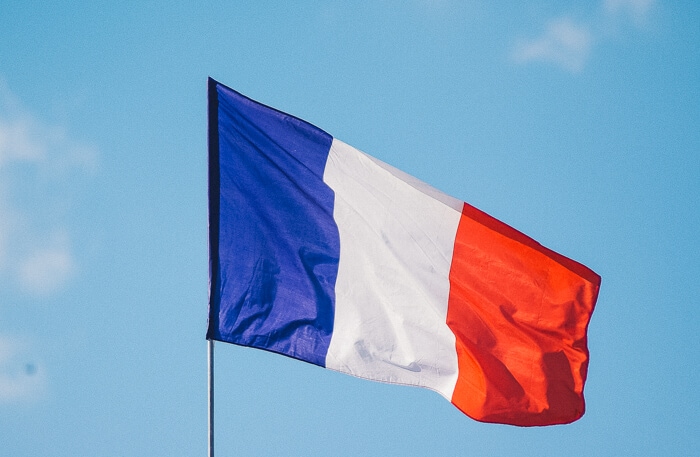
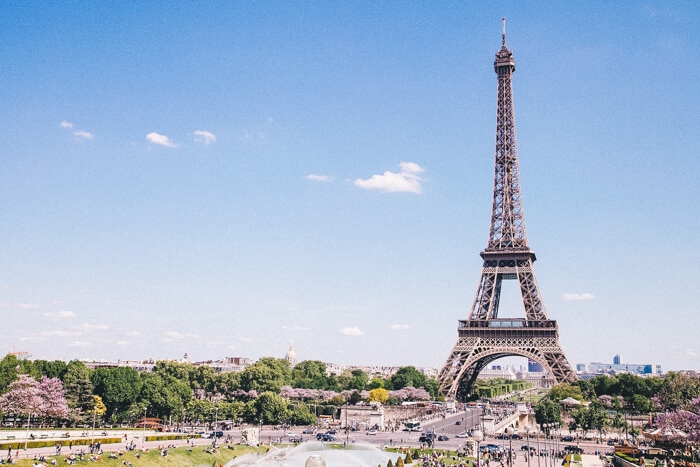
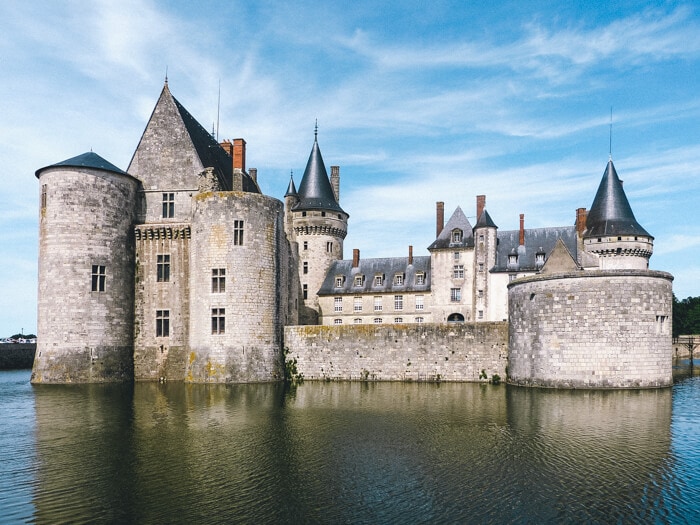

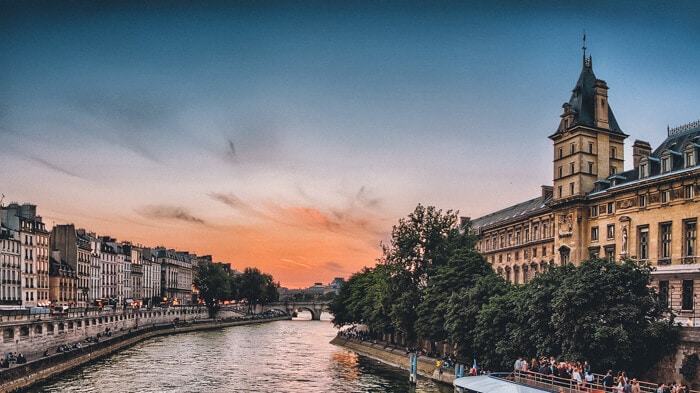
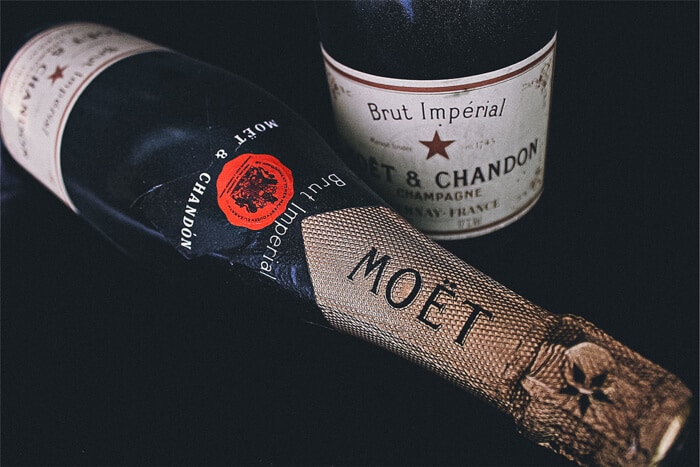
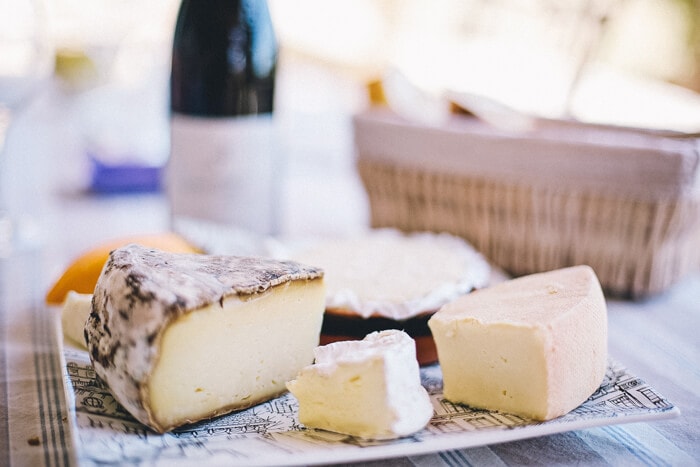
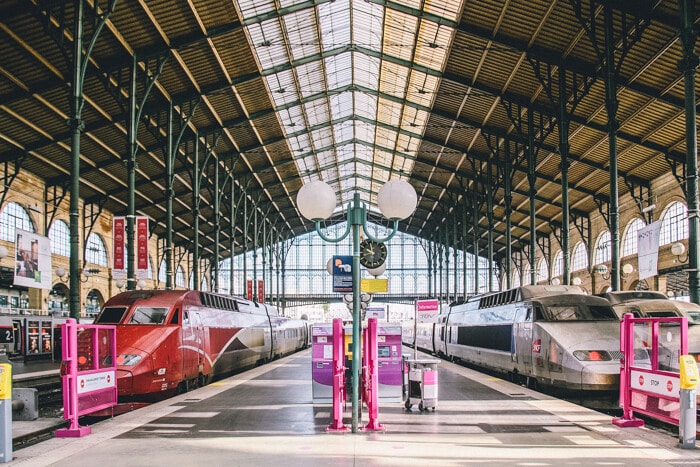
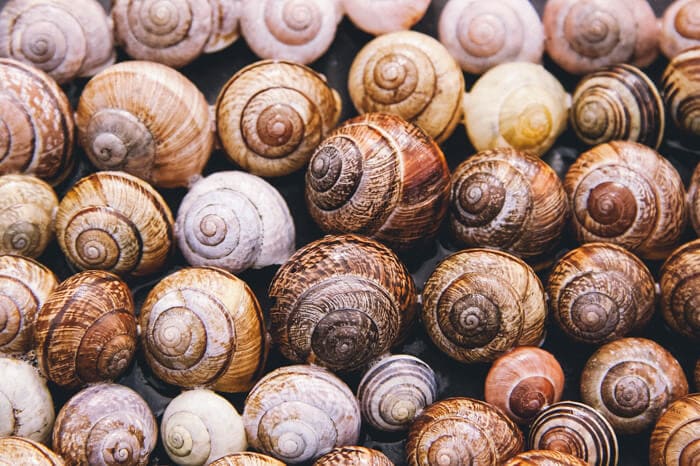
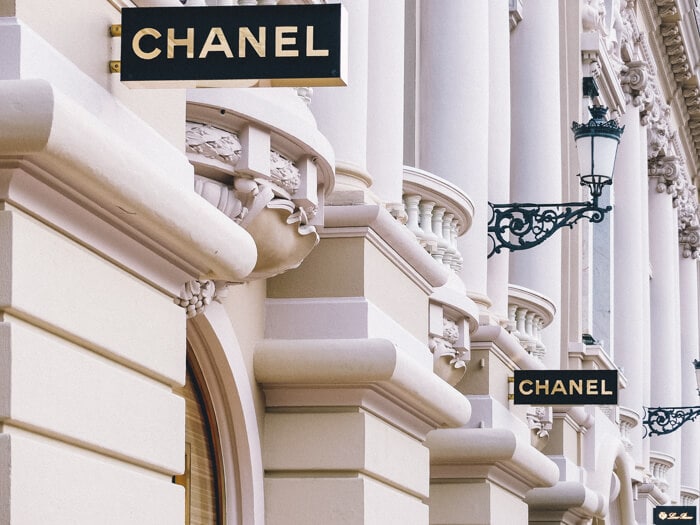
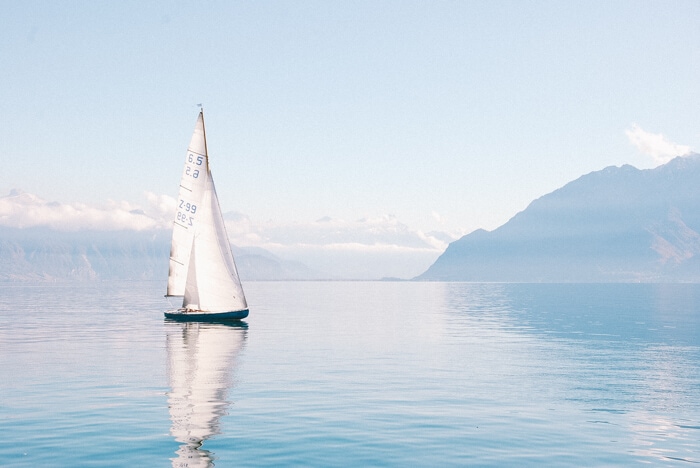
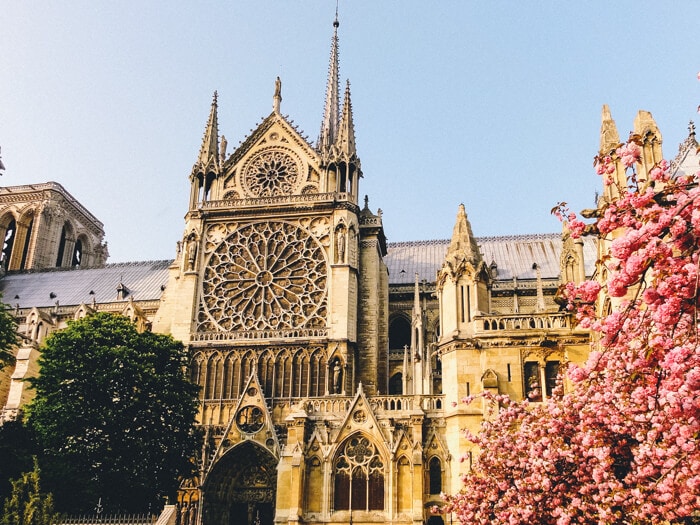
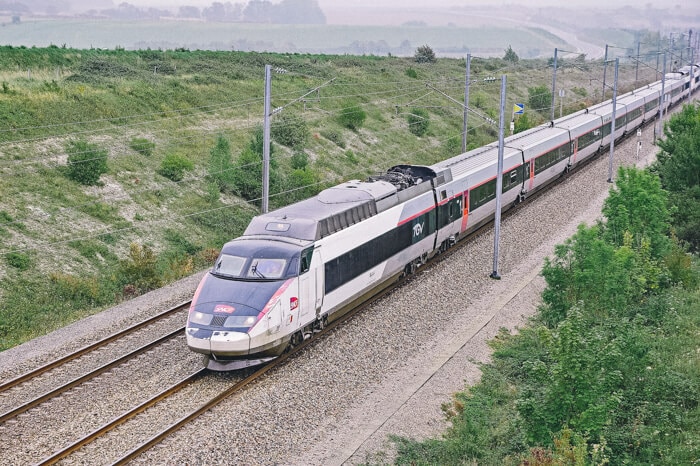
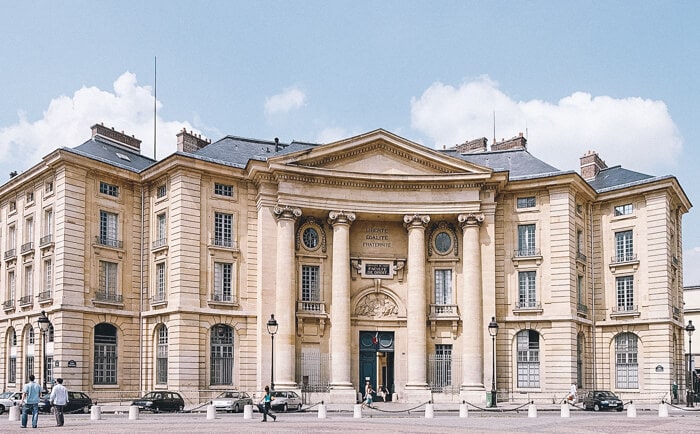
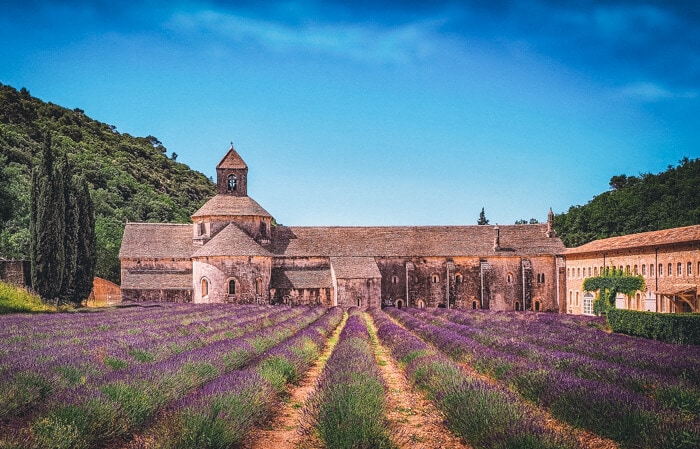
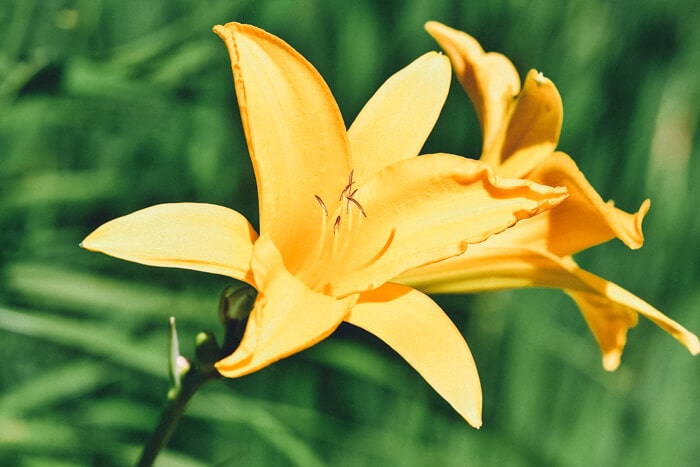
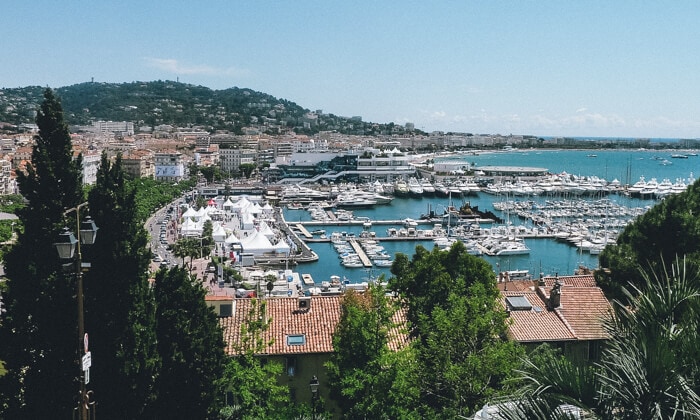
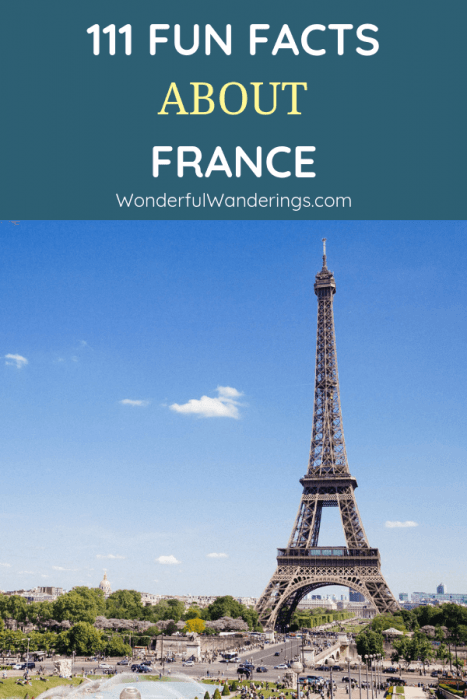
Roobens says
Indeed very interesting! I think I already knew about half of those facts (yeah I’m French, shame on me…).
Sofie says
Hahaha, well, then you still learned a little extra :-)
MOntana g says
bro this helped on my assignment these are funny
amiya says
hello ty for giving me this information
Sofie says
You’re welcome
Avneesh yadav says
Thanks for the information it Will be helpful in my exam
Sofie says
You’re very welcome!
Patricia Metz says
The French national flower is not the iris but the lily. Your photo was correct in showing a lily
Sofie says
You are right! Seems those two get mixed up a lot: Fleur-del-lis :-)
tom says
this helped me so much in my assessment I used it the whole time thank you for creating these entertaining facts
tom says
thank you for the information it helped me in a test
alicia says
thank you for this information it is relea helping me a lot!!
Sofie says
You’re very welcome
makenna says
this helps with so much work
Sofie says
Happy it does!
Conner says
This has helped me a lot. thank you!
Sofie says
Super happy to read that! Thanks for letting me know, Conner
Justo Fernando Lar Ortega says
Isn’t interesting that France has a very little know channel’s system? I’ll love to know about it. Could you add this to your excellent work? I’m sure it will be very appreciated for many tourist people lovers of travel by water.
Annie says
what does the french flag stand for? What do the colours mean? What are the numbers to 100 in french? These were great facts thank you!
Sofie says
You’re welcome!
lucas says
same